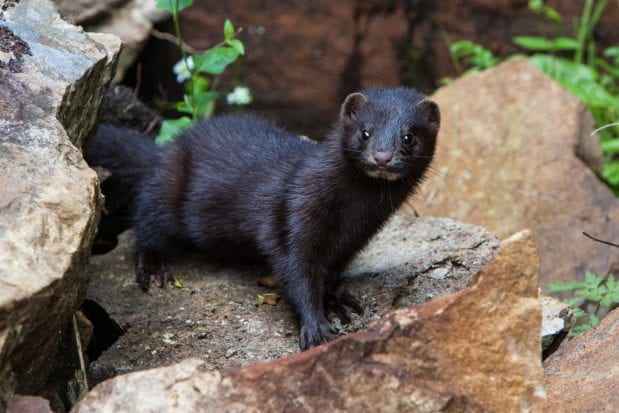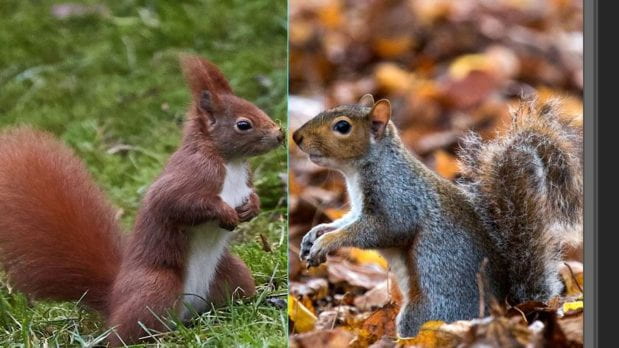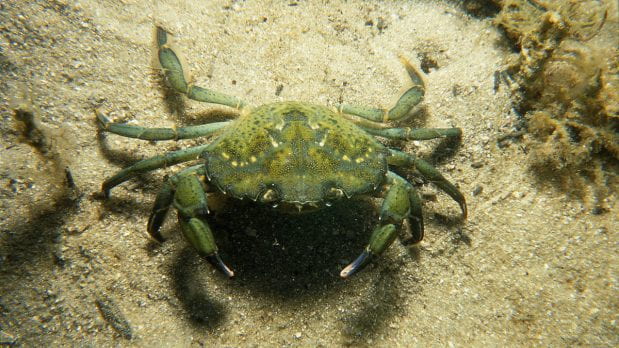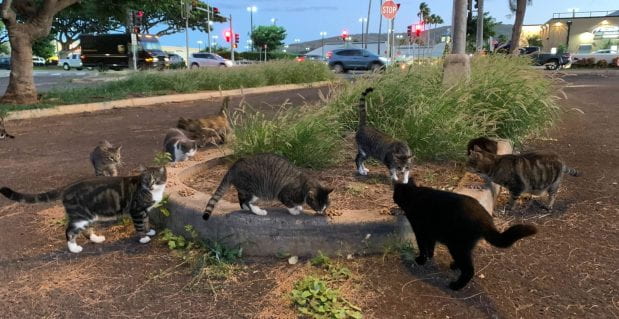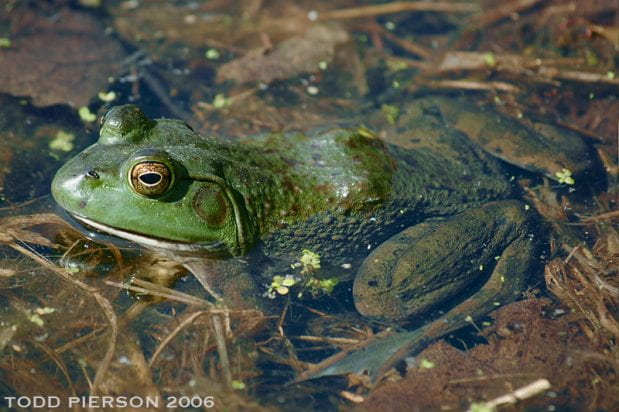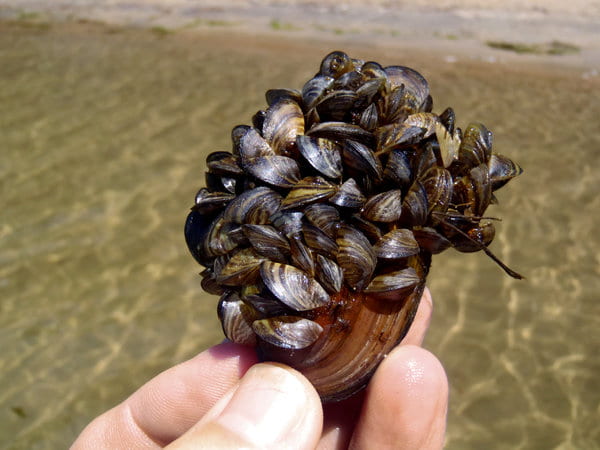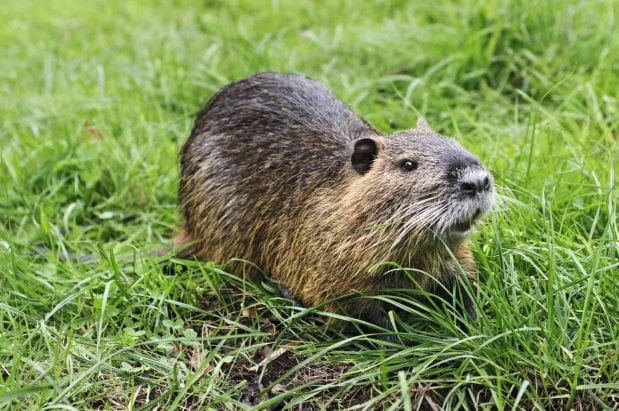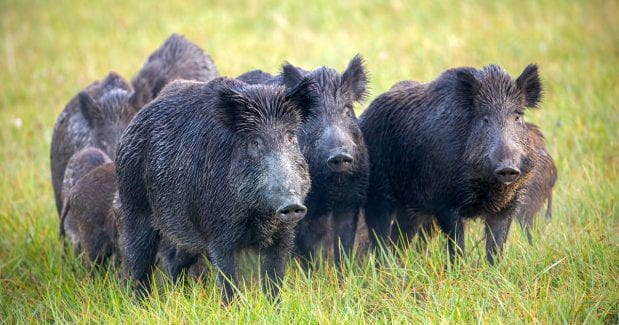The Guardian. (2024, January 12).
‘Toadbusters’ take on exploding cane toad population in Queensland with gloves, bucket and torch. Retrieved February 5, 2024, from https://www.theguardian.com/environment/2024/jan/13/toadbusters-take-on-exploding-cane-toad-population-in-queensland-with-gloves-bucket-and-torch
One of the most infamous invasive species is the cane toad. It was originally introduced to combat two types of beetles that were harming sugar cane farms and has become extremely invasive and destructive toward Australia’s ecosystems. They can eat anything that can fit into their mouths, but at the same time are poisonous to most Australian animals that try to eat them, sometimes even killing them. This allows cane toads to thrive in Australia, especially since they reproduce at extremely fast rates. Dr. Jodi Rowley, an invasive species officer said that the warm and wet conditions of this year as well as flooding have caused an increase in the cane toad population as they can easily thrive and expand their range through moving with the floods. Because of the cane toad’s destructiveness in Australia, Australians have become aware and begun helping fight these frogs by capturing them safely and humanly killing them. Another method that is used is trapping the tadpoles and killing them. It is still unknown if Australia ever can completely get rid of the cane toad for good.
After reading this article, one can easily see why cane toads in Australia have become an infamous example of the destructiveness of an Invasive species, and how difficult getting rid of them can be. It is great to see Australia’s government and citizens working together to combat this invasive species before it kills off more of Australia’s native species. However, while we can slow down the population growth rate of cane toads, it still feels unrealistic that we can anytime soon fully get rid of Cane toads in Australia. This is very different from other invasive species like American Minks which seem to be easy to get rid of with the right methods. Also, there is not as much drive in Australia among citizens who are not being paid by an environmental agency to kill these cane toads as they have almost no usage unlike with American minks in Europe. For Cane toads, it seems like the best solution is to use international corporations and continue to encourage locals to keep collecting cane toads. We can also take it as a lesson to not cluelessly introduce an invasive species without taking the damage they might cause into consideration.


